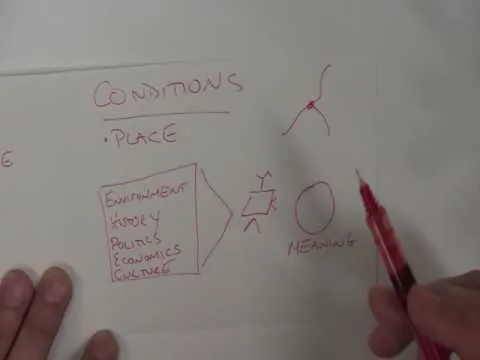The South African "Gqom" scene is comparable to the early UK "House" scene, in that it relies heavily on a catchy rhythm and synthesized instruments. Musically, "Gqom" isn't the most complex thing in the world but the context surrounding its popularity is interesting to say the least.
Evidence of informal music economies in the GQOM scene
Firstly, the “Gqom" scene has had a completely revolutionary effect on an unexpected industry. Whether or not it was obvious from the title the people who are benefiting the most from "Gqom" (other than the artists) are .......... drum roll please......... Taxi drivers. Yes you read that correctly. Although I wish there was a pure reason for the correlation between the two, the truth boils down to the popularity of drugs in the “Gqom" fan base, in particular the drug "ecstasy". Drivers saw the addictive effect of "Gqom" on users and started kitting out their vehicles with better sound systems which they use to blast out some "Gqom" to passers-by in the night. Although drivers will deny it, instead claiming that it is just a very popular genre, it is pretty clear that this is the case.
The way that the GQOM scene reveals a tension between ‘Space vs. Place’ - how might ‘Space’ be defined in the documentary, how would we define ‘Place’?
Another interesting part of the “Gqom” scene is the tension between “space” and “place”. As a musical space, Duram doesn’t receive a lot of attention from musical scholars or have any schools of music at all, there for it is spatially unique in its own way because, as a place, Duram is almost exclusively about their music scene. In a Fader documentary a young “Gqom” artist states that “Duram has its own sound” - (STEYELS, 2016). For a township that has no form of formal government funded musical body that is an amazingly unique statement to say the least. It is almost revolutionary in its nature as without any assistance a whole music based economy has thrived, even though attempts have been made by some radio stations to restrain “Gqom’s” popularity it has still become a major movement in Duram.
Finally, are there any traces of the Urban Ethos at work in the documentary?
The urban ethos, if taken as the desire of rural living people to live city type lives, is present in the documentary but in a contradictory way. The majority of “Gqom” artists actually believe that the real Gqom sound can only come from their rural “Townships”. Even the recording process of “Gqom” is not what you expect, most artists produce in an outhouse with 5/6 other artists and not in a big studio. You could go as far as to say that the urban ethos has been turned on its head in Duram, as the majority of the interviewees believe the cities do not produce the best “Gqom” and envy the townships.
References:
Gregory Sciortino. (2017). Space and Place. [Online Video]. 7 February 2017. Available from:  . [Accessed: 29 September 2018].
. [Accessed: 29 September 2018].
Daniel Yonto. (2016). Human Geography, Where Space Matters. [Online Video]. 1 August 2016. Available from:  . [Accessed: 29 September 2018].
. [Accessed: 29 September 2018].
Krims A (2000). Music and Urban Geography. London: Routledge. 27-60.